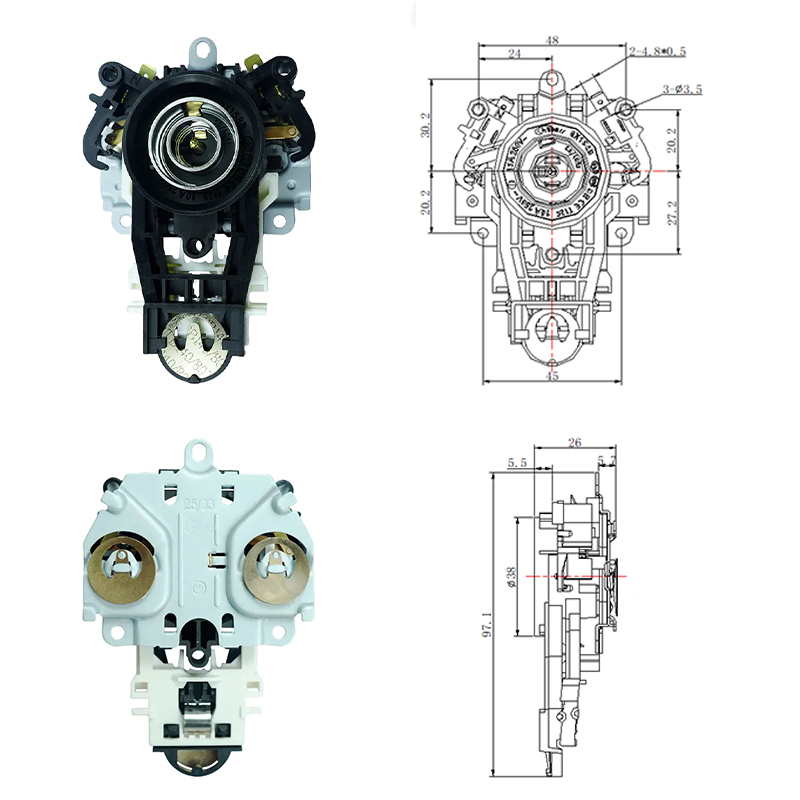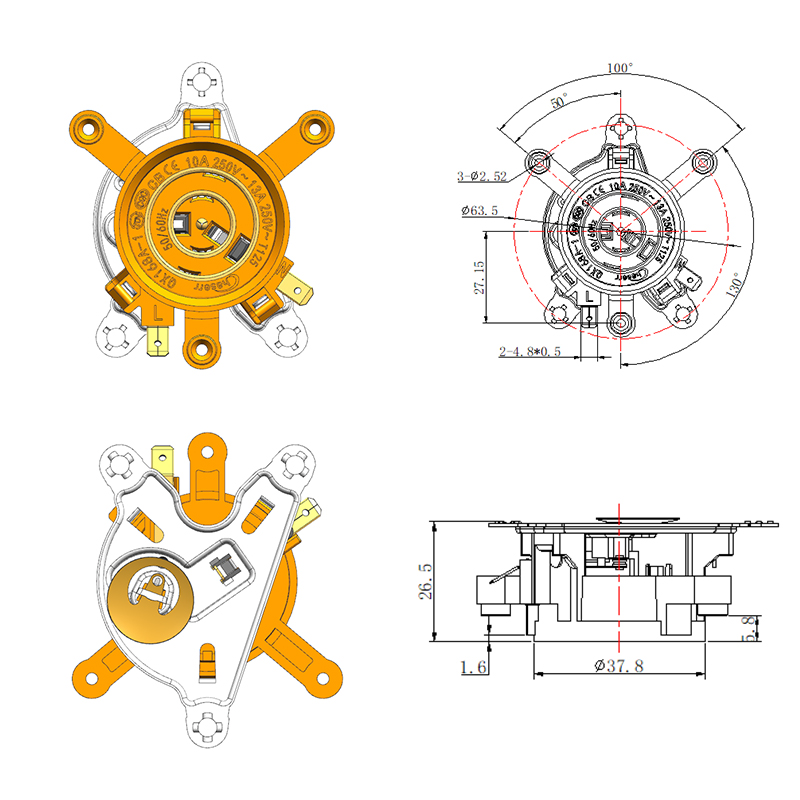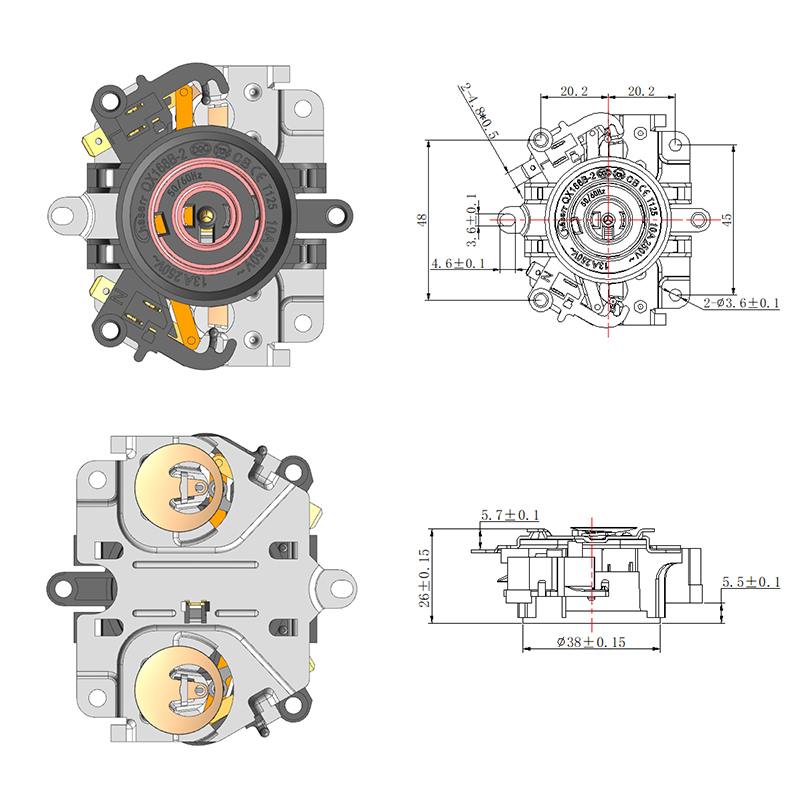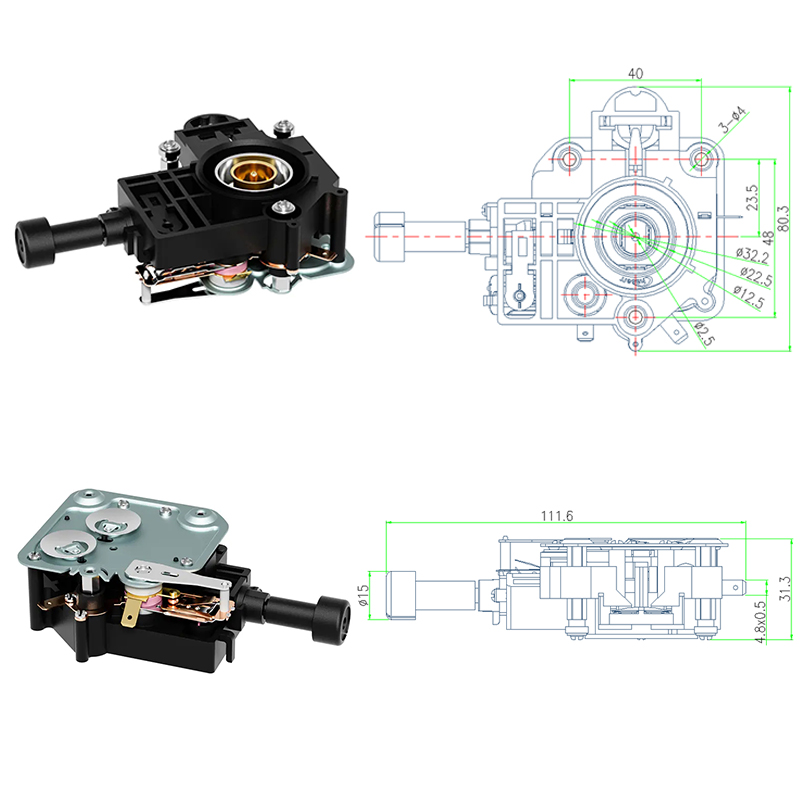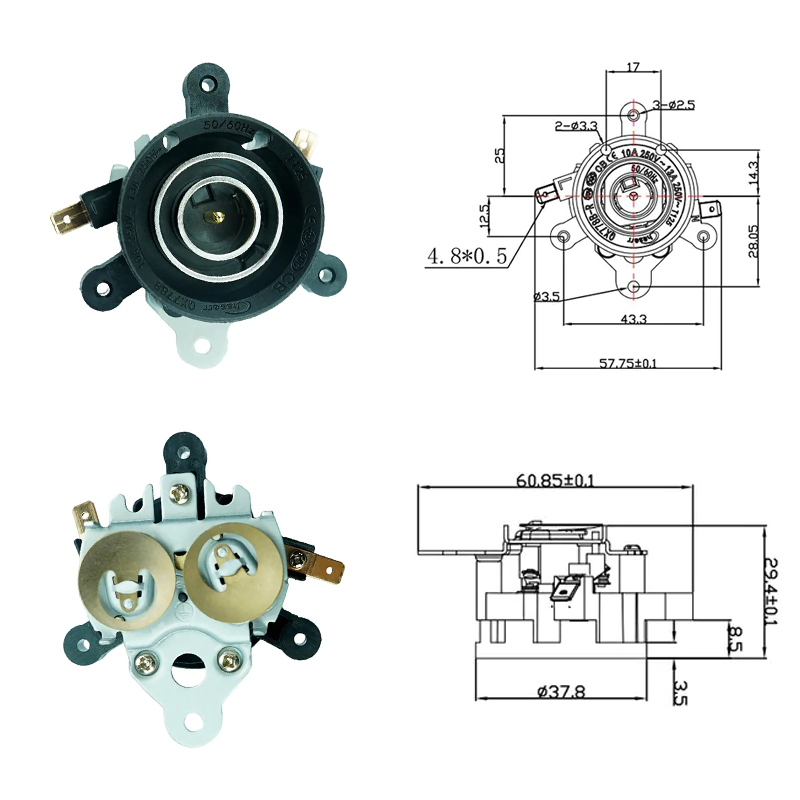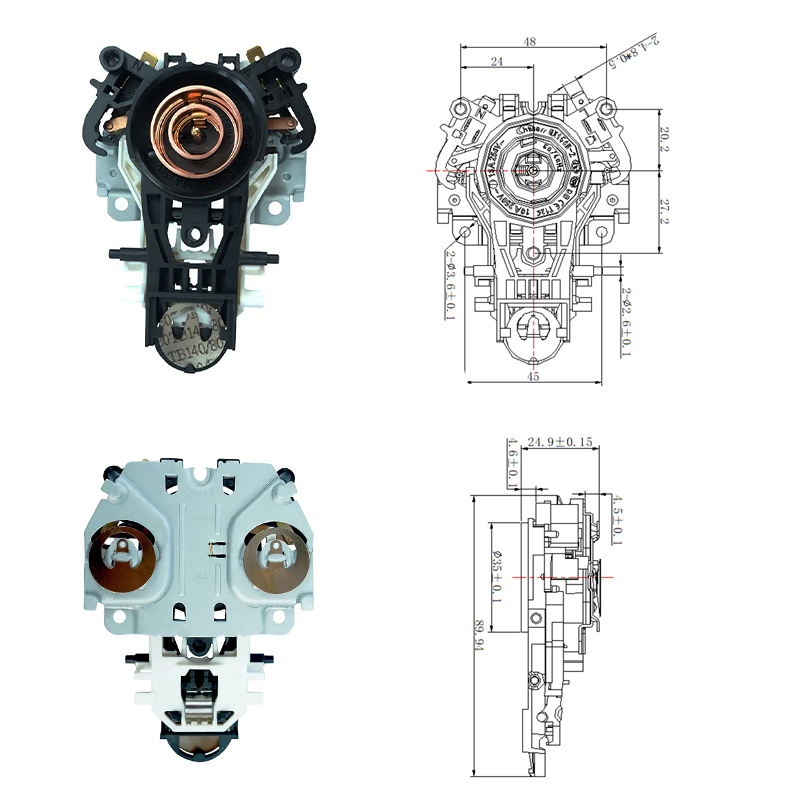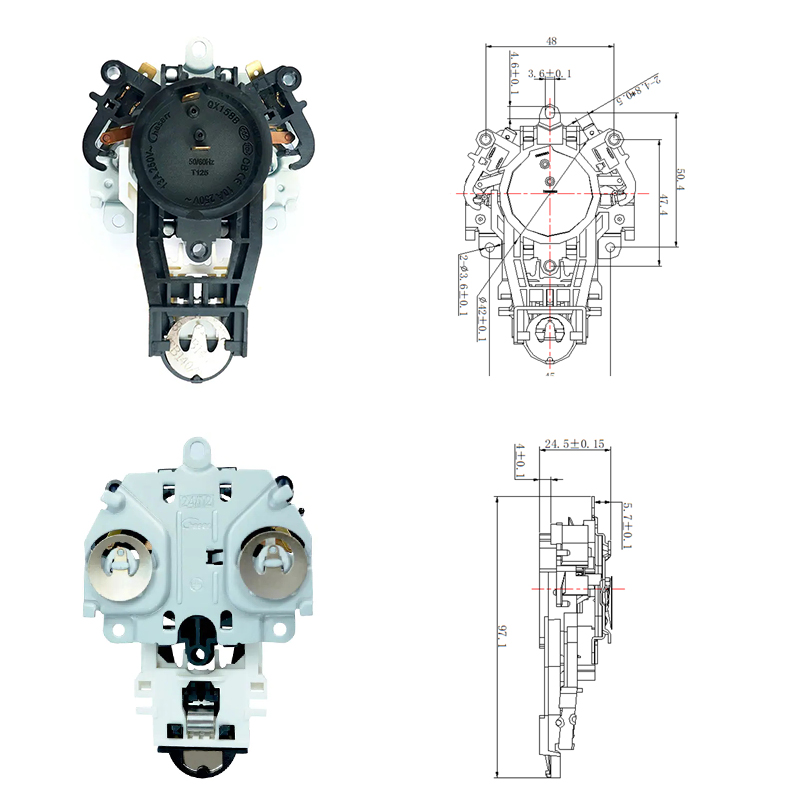A Closer Look at Thermal Response and Accuracy in Everyday Thermostat Use
Sensitivity in Thermostat Design: A Matter of Precision
When considering the effectiveness of a thermostat, sensitivity is one of the critical performance indicators. Sensitivity refers to the device’s ability to detect and respond to even minor fluctuations in temperature. For mechanical devices like the Bimetal Iron Thermostat, this characteristic is inherently tied to the physical properties of its components. The bimetal element, made of two metals with differing coefficients of expansion, bends predictably in response to heat. This movement either opens or closes a circuit, regulating temperature within the connected system. The responsiveness of the bimetal element depends on the quality of materials, the thickness of the metals, and the precision in calibration. Compared to more complex digital systems, the mechanical simplicity of this design delivers remarkably fast reaction times in moderate temperature ranges.
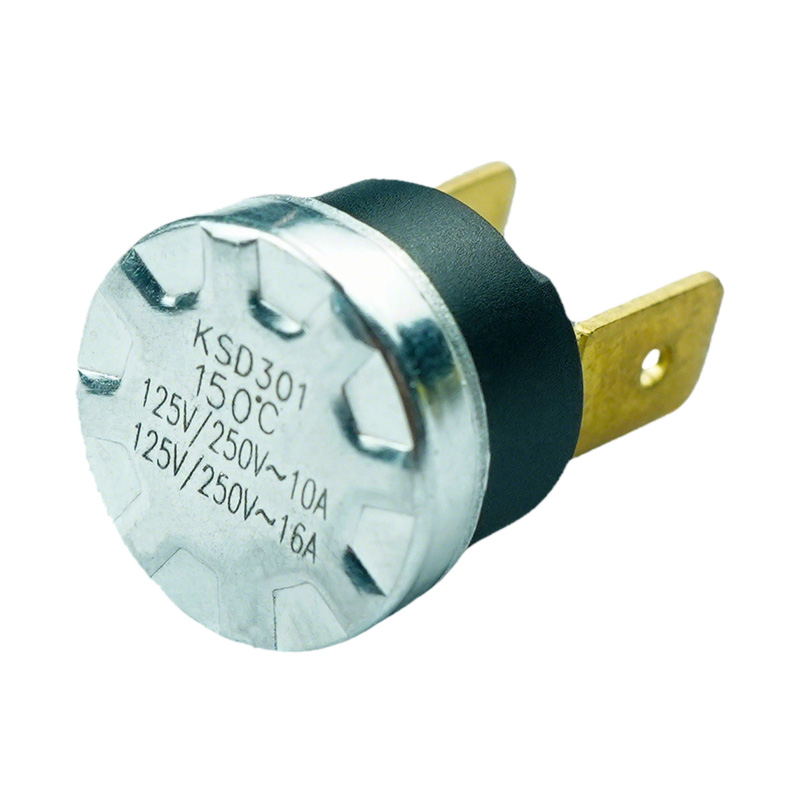
Comparing Sensitivity with Electronic Counterparts
While digital thermostats boast programmable features and remote control capabilities, they rely on sensors and microcontrollers that can sometimes introduce a slight delay between sensing and response. In contrast, the Bimetal Iron Thermostat responds in real-time through the direct action of thermal expansion, which has a consistent and observable behavior. In industrial or high-stress environments, this responsiveness ensures more stable control without the need for frequent recalibration. However, electronic models can be fine-tuned to detect temperature changes with extremely high resolution, offering greater precision in sensitive laboratory settings. Despite this, the mechanical option often proves more reliable in standard residential or HVAC systems where millidegree accuracy is not essential.
Durability and Long-Term Consistency in Thermal Sensitivity
Over time, the sensitivity of a thermostat can degrade, especially when exposed to fluctuating temperatures or corrosive environments. In this regard, devices built with robust iron alloys tend to retain their calibration longer. Bimetal designs do not suffer from software glitches or sensor misalignment and are generally unaffected by power interruptions. They offer a steady level of sensitivity for years, provided they are used within their designed operational ranges. Furthermore, since they are not reliant on external sensors or digital components, their performance is less likely to be affected by electromagnetic interference or software updates, contributing to long-term stability.
Sensitivity in Application Contexts
In applications such as home heating, refrigeration units, and automotive climate systems, sensitivity affects not only comfort but also energy efficiency. A thermostat that responds too slowly could cause overcooling or overheating, while one that is too sensitive might cause frequent cycling of the system, increasing wear. The mechanical nature of the Bimetal Iron Thermostat provides a balanced approach, where sensitivity is sufficient to maintain comfortable temperatures without introducing unnecessary system strain. In some systems, the slightly delayed switching behavior helps stabilize the entire operation, avoiding excessive on-off cycling that could wear out compressors or fans prematurely.
Practical Value of Balanced Sensitivity
Ultimately, sensitivity should not be measured solely by speed or micro-level response, but by suitability for purpose. While electronic thermostats offer higher numerical precision, mechanical options deliver a tangible, dependable reaction to temperature shifts. For users who prioritize low maintenance, consistent performance, and immediate feedback without the need for software or networking, the bimetal-based thermostat remains a valuable solution. Its simplicity is its strength, offering just the right amount of thermal sensitivity for a broad spectrum of conventional applications

 English
English  中文简体
中文简体  Español
Español 
